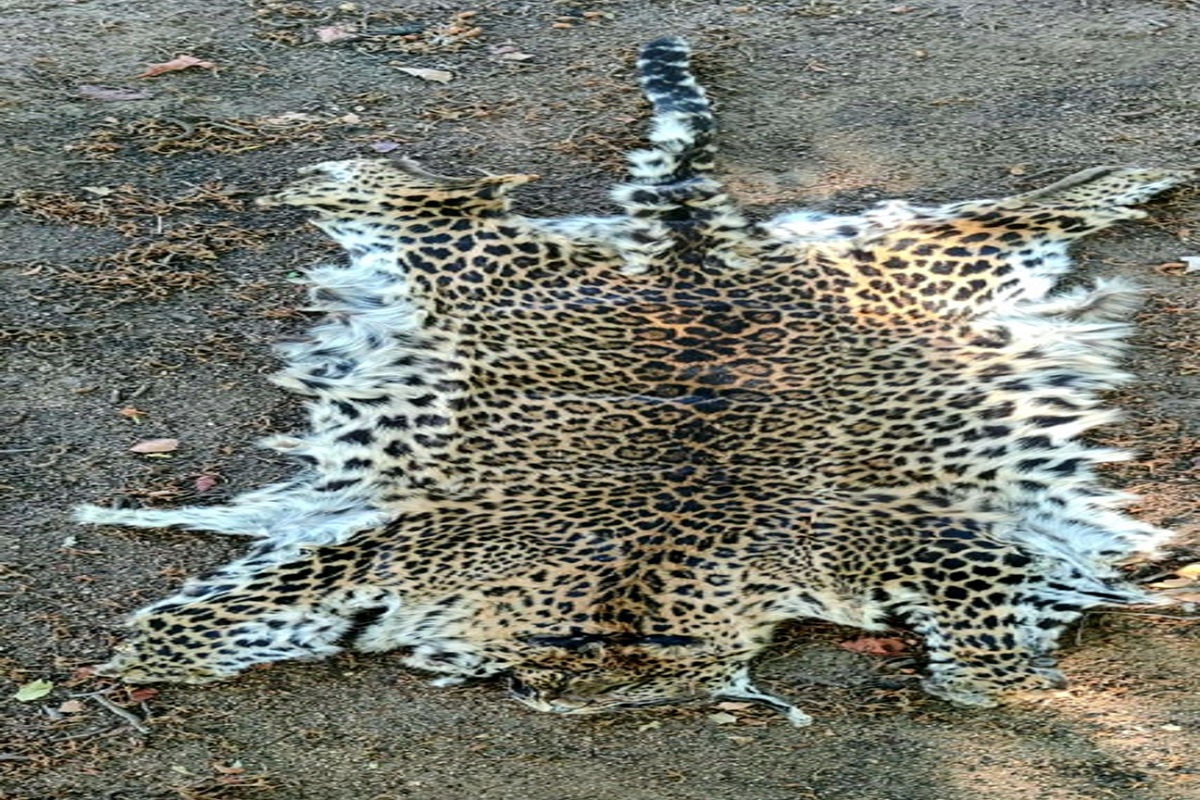Leopard strays into Delhi village, attacks 3 people
The big cat was later rescued by the Forest Department with the help of DFS, while the injured were rushed to the hospital.
The forest department has arrested three Nepalese nationals with hides of two red panda and one leopard.

red panda , Leopard , IUCN
The forest department has arrested three Nepalese nationals with hides of two red panda and one leopard. Forest officials said this was for the first time that the hides of the red panda had been seized in the region. Foresters from the Belakoba Range under the Baikunthapur forest division, led by range officer Sanjay Dutta, apprehended Chandra Prakash Chemjong, Govinda Sanba Limbu and Yakpu Sherpa, all Neapalese citizens, from the PWD More in Siliguri yesterday.
According to sources, preliminary investigation had suggested that the men were “habitual traders” in wildlife articles. The accused persons had procured the hides from Nepal, they said. “Their purpose was to create a link between wildlife offenders with their counterparts of other countries. After finalizing the rate of the articles, they would deliver those to the nearby Indo-Bhutan border area, especially at Phuntsholing, the border town of Bhutan. In this particular case, the transaction amount was fixed at Rs 30 lakh.
They had procured the hides from Mikwakhola in Taplejung in Nepal and planned to deliver them to a Chinese customer through their Bhutan counterpart. It is an open secret that most of the wildlife trafficking cases have links to China as the value of wildlife articles is higher there,” the sources said. The red panda has been listed as endangered under Schedule I of the Wildlife Protection Act, 1972.
Advertisement
The leopard is listed as vulnerable on the IUCN Red List because leopard populations are threatened by habitat loss and fragmentation, and are declining in large parts of the global range. Wildlife smugglers prefer the to-and-fro Nepal-north Bengal-Bangladesh-Bhutan corridor as their routes, foresters have said. Siliguri corridor, having close proximity with Nepal, Bangladesh and Bhutan, has emerged as most vulnerable to the smuggling of wildlife articles.
The articles are smuggled to China mostly through Bhutan and Nepal, they say. “Smuggling of exotic birds and animals had been uncommon in north Bengal unlike wild animals until a few months ago, when three kangaroos were rescued on 1 April and four rare species of primates–rescued from a passenger bus at Maynaguri in Jalpaiguri district on 10 May.
The forest department had earlier rescued live species like geckos, pangolins, red sand boa and seized a number of wildlife articles, including hides of the Royal Bengal tiger, leopards, elephant tusks, snake venom, tiger bones, and rhino horns, mostly through the Siliguri corridor starting from the Northeast. But we have seized the hide of the red panda in north Bengal for the first time,” said a senior officer.
Advertisement